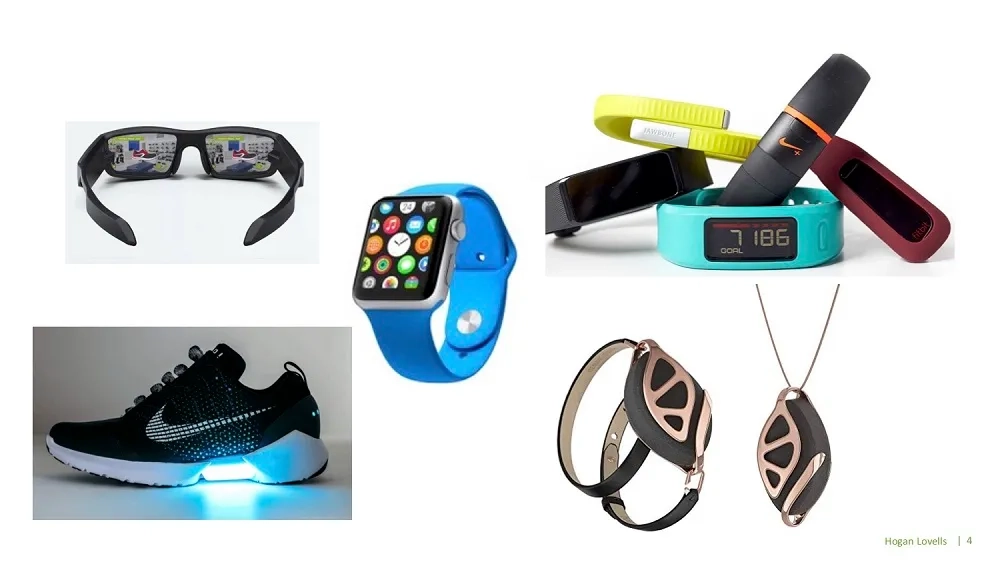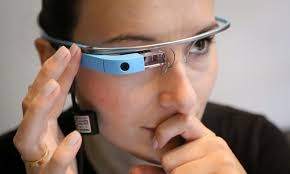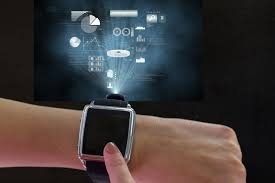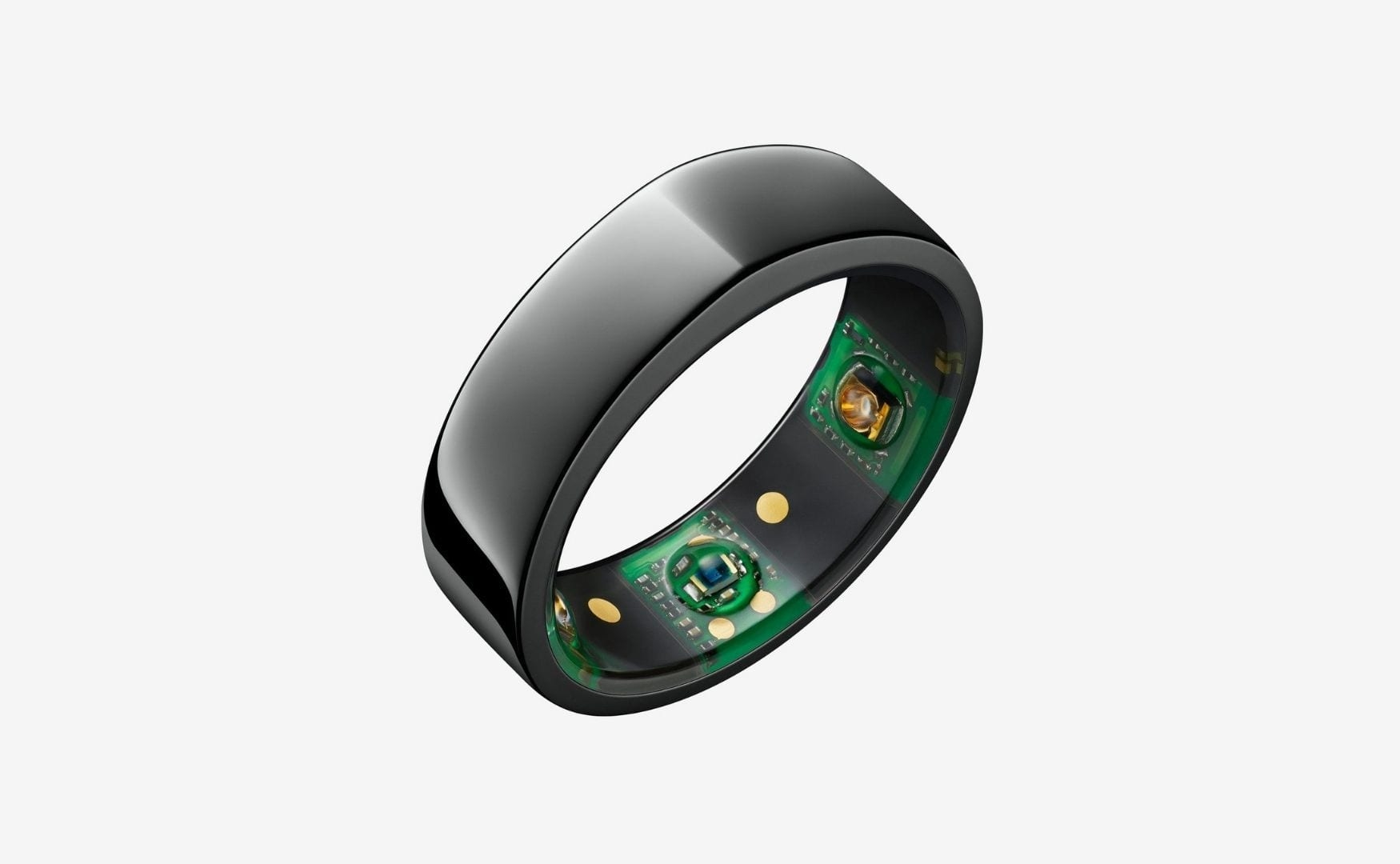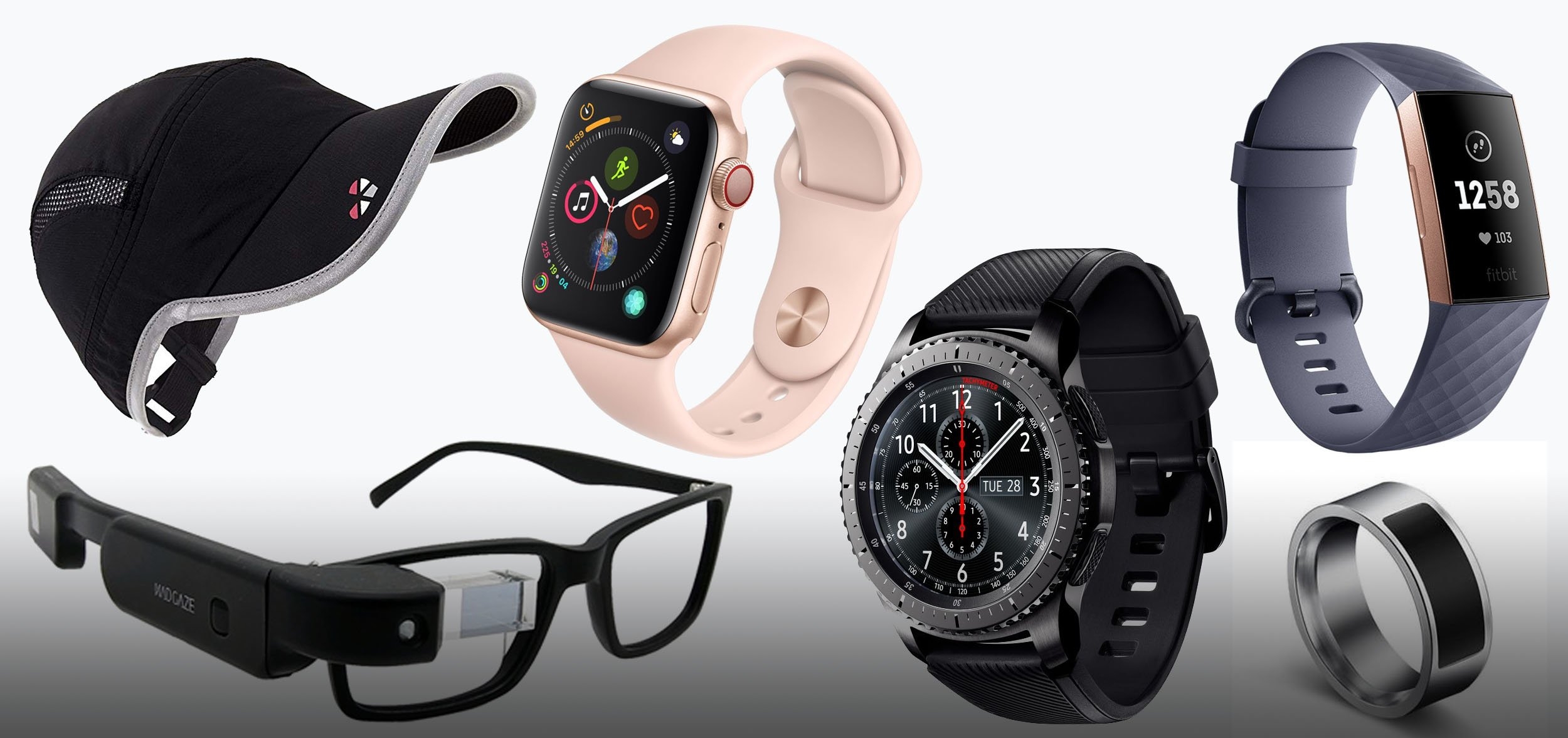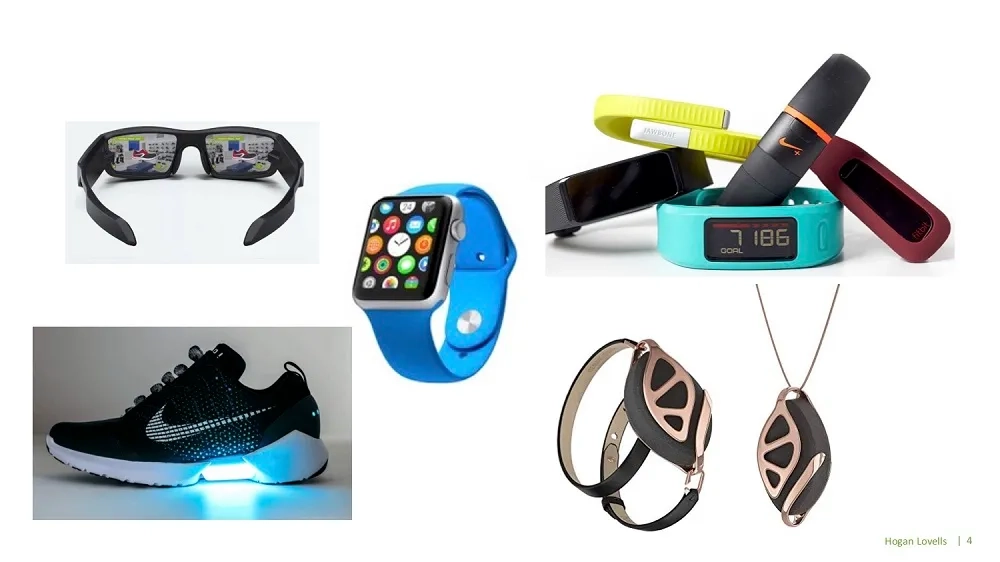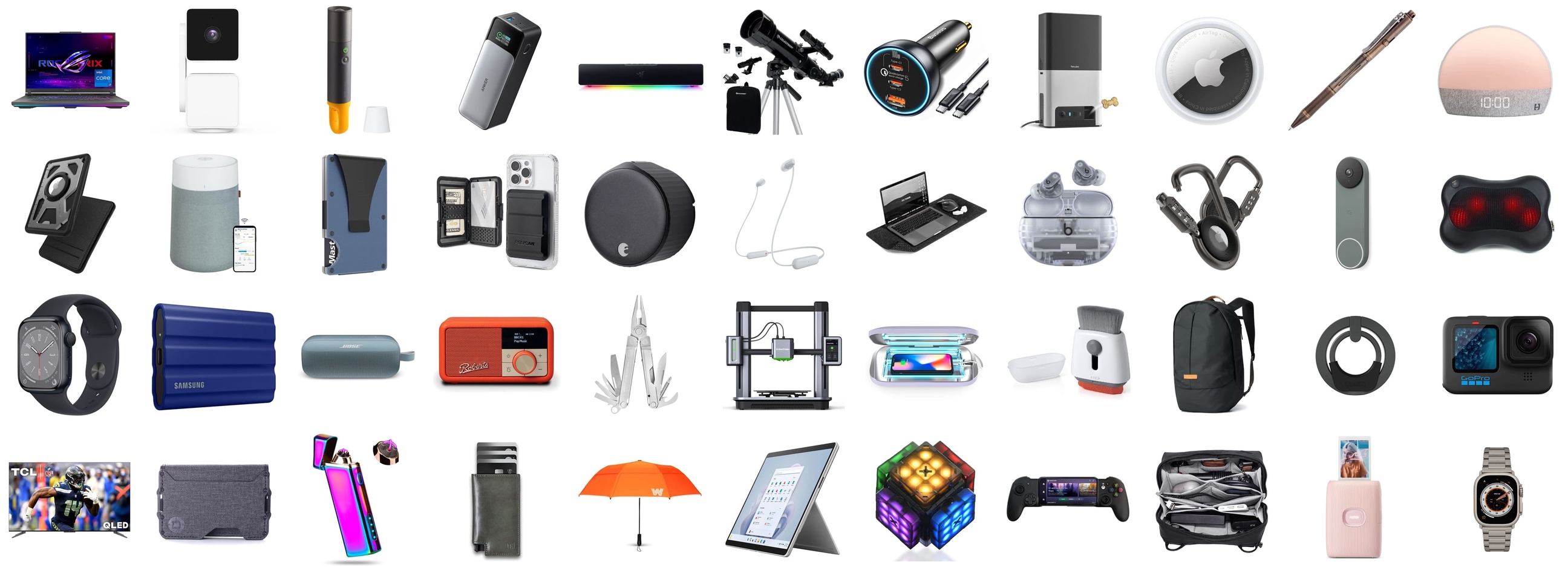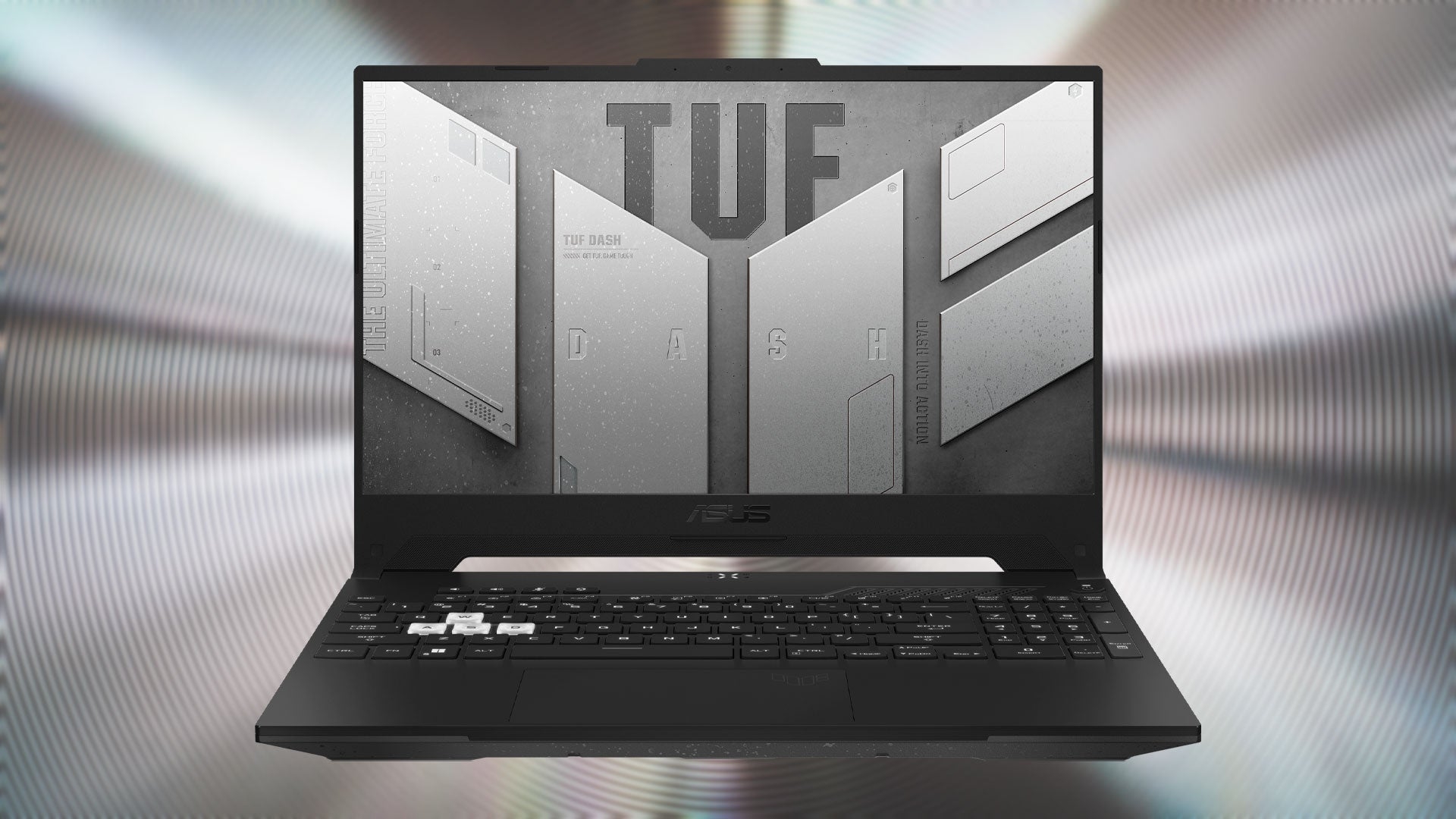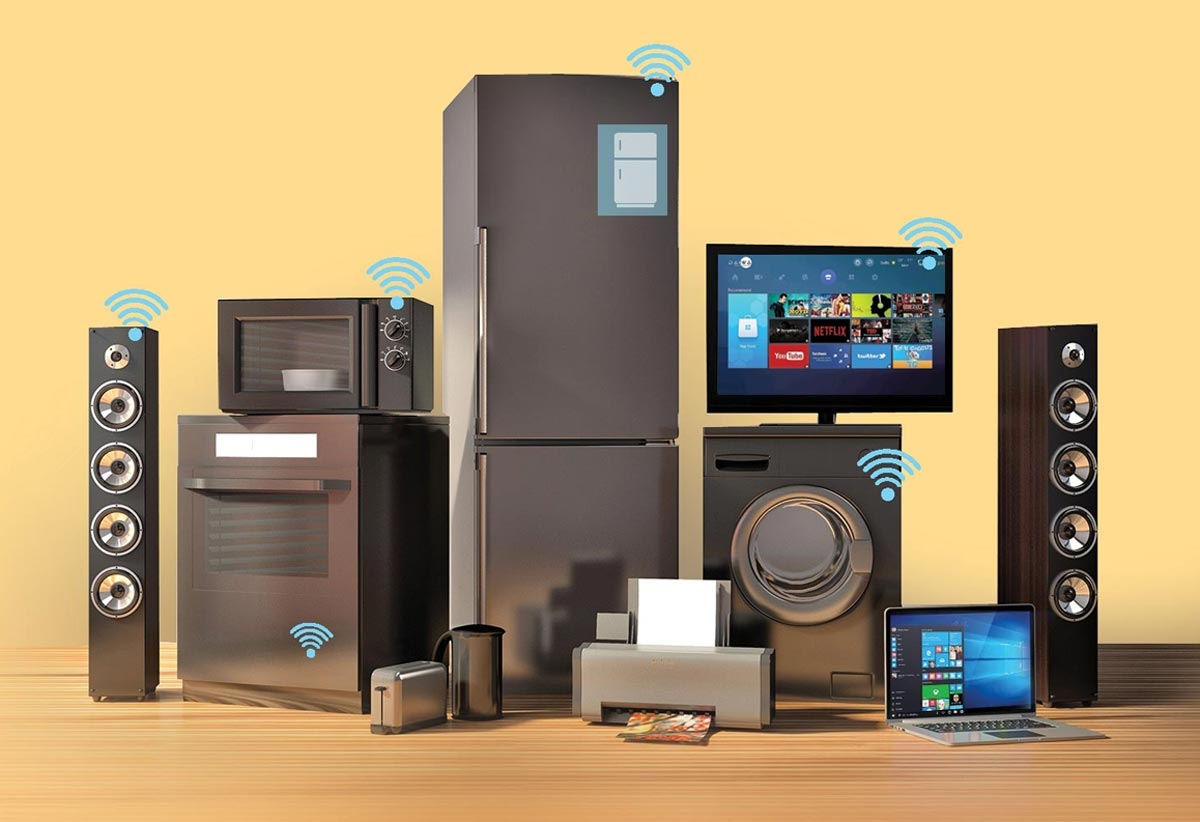Wearable technology refers to electronic devices designed to be worn on the body, often incorporating sensors and software to provide various functions. These devices are typically designed for convenience, portability, and seamless integration into daily life. They can track health metrics, provide notifications, enable communication, or enhance various activities like exercise, work, and entertainment. Here’s an overview of wearable technology, its types, applications, and future trends:
Types of Wearable Technology
-
Smartwatches
-
Description: A wrist-worn device that offers smartphone-like functionality such as notifications, calls, texts, health monitoring, and more. Smartwatches often connect to a smartphone to sync data and provide additional features.
-
Examples: Apple Watch, Samsung Galaxy Watch, Fitbit, Garmin.
-
Key Features: Fitness tracking, heart rate monitoring, GPS navigation, sleep tracking, mobile payment (e.g., Apple Pay), and music streaming.
-
-
Fitness Trackers
-
Description: These are devices designed to monitor physical activities, sleep patterns, and vital health metrics like heart rate, steps, calories burned, and more. They are more focused on health and fitness than general-purpose smartwatches.
-
Examples: Fitbit, Xiaomi Mi Band, Garmin Vivosmart.
-
Key Features: Step counting, exercise tracking, sleep analysis, heart rate monitoring, calorie tracking, and personalized fitness coaching.
-
-
Smart Glasses
-
Description: Wearable glasses that provide additional functionality, such as displaying information directly onto the lens or providing augmented reality (AR) experiences.
-
Examples: Google Glass, Microsoft HoloLens, Vuzix Blade.
-
Key Features: Hands-free access to information, AR/VR experiences, navigation, video calls, and capturing photos or videos.
-
-
Smart Clothing
-
Description: Clothing items integrated with technology, such as sensors that can track health metrics or adjust the clothing’s properties. Smart fabrics can monitor body temperature, muscle activity, heart rate, and more.
-
Examples: Athos (smart workout clothes), Under Armour’s connected fitness wear, smart jackets with heating elements.
-
Key Features: Fitness tracking, temperature regulation, muscle recovery monitoring, and real-time performance analytics.
-
-
Smart Rings
-
Description: Small, unobtrusive devices worn on the finger that can monitor health data such as heart rate, sleep patterns, physical activity, and stress levels.
-
Examples: Oura Ring, Motiv Ring.
-
Key Features: Sleep tracking, activity monitoring, heart rate monitoring, and body temperature sensing.
-
-
Hearables (Smart Earbuds)
-
Description: Wearable devices in the form of earbuds that combine audio capabilities with health tracking features, such as monitoring heart rate or stress levels.
-
Examples: Apple AirPods, Jabra Elite Sport, Bose Hearphones.
-
Key Features: Music and call functionality, health monitoring (e.g., heart rate), noise cancellation, and voice assistants (e.g., Siri, Google Assistant).
-
-
Wearable Cameras
-
Description: Cameras designed to be worn on the body for hands-free video recording, often used for activities like outdoor adventures, sports, or creating immersive content.
-
Examples: GoPro, Snapchat Spectacles.
-
Key Features: HD video capture, live streaming, hands-free recording, and VR content creation.
-
-
Exoskeletons
-
Description: Wearable robotic suits that help enhance human strength and mobility. These are often used in industrial or medical applications to assist with physical tasks, rehabilitation, or support people with disabilities.
-
Examples: Ekso Bionics, ReWalk.
-
Key Features: Support for mobility, strength augmentation, and rehabilitation for people with physical disabilities.
-
-
Brain-Computer Interfaces (BCI)
-
Description: These devices measure and interpret brain activity to control external devices. BCIs are still in the early stages of development but are being explored for both medical and gaming applications.
-
Examples: Neuralink (developed by Elon Musk’s company), Emotiv Insight.
-
Key Features: Mind-controlled devices, medical rehabilitation for neurological conditions, and immersive gaming experiences.
-
hallenges and Limitations
-
Battery Life: Many wearable devices, especially smartwatches and fitness trackers, are limited by battery life, requiring frequent recharging.
-
Data Privacy and Security: Since wearables collect personal health and activity data, there are concerns regarding data privacy, security, and potential misuse of sensitive information.
-
Comfort and Design: While some wearables are becoming more comfortable and stylish, others still face challenges in terms of bulkiness, fit, and aesthetics.
-
Cost: High-end wearables, especially those with advanced features (e.g., AR glasses, smart clothing), can be expensive, limiting accessibility for some users.
Future Trends in Wearable Technology
-
Smarter Health Monitoring: Wearables will continue to evolve with more advanced health sensors capable of monitoring additional metrics like blood sugar, hydration, or mental health.
-
Integration with Other Technologies: Wearables will likely become more integrated with other emerging technologies, such as AI, IoT (Internet of Things), and 5G networks, enabling seamless communication and smarter devices.
-
Fashionable and Discreet Wearables: There will be a growing trend towards more stylish, lightweight, and discreet wearables that can blend into everyday life without sacrificing functionality.
-
Battery Innovation: With the growth of wearables, there will likely be advancements in battery technology, including longer-lasting batteries and possibly new methods of energy harvesting (e.g., solar-powered wearables).
-
Mental Health and Stress Monitoring: Wearables may begin incorporating more features focused on mental health, such as stress and anxiety tracking, guided meditation, and real-time mental health monitoring.
